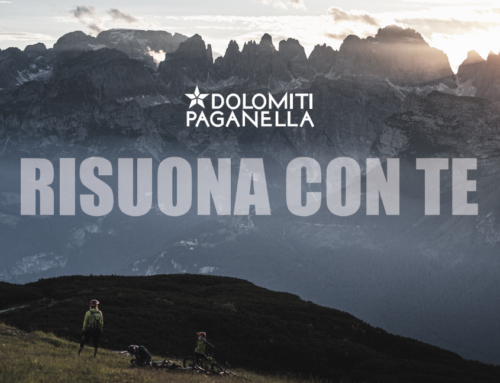One of the fundamental challenges that the Dolomiti Paganella Future Lab aims to investigate is the idea of “tourism in balance”. This concept derives from the idea of sustainability, a term that by now has assumed so many connotations that it has lost much of its incisiveness. In particular, there is a tendency to associate it merely with environmental sustainability.
The term “tourism in balance” is instead intended to embrace a wider perspective, viewing tourism as something that can bring benefits to all local residents, the environment, while providing more fulfilling experiences for visitors and more attractive and better paid careers for tourist operators and everyone working in catering and accommodation.
Tourism is very obviously a growing phenomenon. The World Tourism Organization foresees that by 2030 the number of travellers will reach 1.8 billion. While in one respect this represents opportunities for growth in a sector fundamental for our Alpine plateau, on the other hand examples like Venice, Barcelona, and Amsterdam demonstrate how the effects of mass tourism can become negative if the flow of visitors is not successfully managed.
Starting from the idea that it is necessary to study best practices, in order then to improve on them, here are some examples of what some far-sighted tourist destinations are doing to create a balanced tourism system.
#1 NEW ZEALAND
Tourism New Zealand, drawing from the uniqueness of Kiwi culture and putting a spotlight on children, recently launched the Tiaki Promise initiative, to encourage visitors and locals to act as guardians, in order to preserve the country’s culture, environment and identity.
“Tourism is the beating heart of New Zealand, but we must balance that with ensuring it gives back more than it takes.” (Stephen England Hall, Tourism New Zealand)
#2 THE NETHERLANDS
Spurred on by the (negative) example of Amsterdam, the Netherlands have just launched their new tourism strategy, Perspective 2030, in which the ultimate goal is for every Dutch person to benefit from tourism by 2030. A big focus is placed on shared interests and putting local residents first, with an emphasis on career prospects for all those who, even tangentially, contribute to the tourism sector.
Within this country-wide framework, some Dutch destinations are working to develop a new vision of tourism that goes beyond economic benefits, but rather looks at how tourism can contribute to the residents’ quality of life. An interesting case is that of Rotterdam, which, after a rapid growth in visitors in recent years, has immediately gone to work to develop a strategy for the future, working with the city’s major stakeholders and a panel of international experts, who have explored and experienced the city before making their recommendations. What emerged from several months of work is, above all, the desire to maintain the genuine identity of the city, to the detriment of projects and initiatives that would attract a greater number of visitors, but would alter Rotterdam’s unique identity.
“Tourism is intrinsically neither good nor bad […] rather the means to an end. We have to have the courage to choose, be selective about the type of tourist we seek to attract and be aware that sometimes it will involve deliberately refraining from doing something or permitting certain things.” (The Rotterdam Way, IABx 2019 on Tourism)
#3 AUSTURLAND
In recent years Austurland (East Iceland) has seen tourism become one of their primary industries. Growth was quite unexpected, to the point that until 2014 there was really no framework or organization (akin to our Tourism Board) designed to manage the development of the tourism product. Once such an organization was established, it sought out best practices around the world, in order to do even better. This has led to the certainty that destination planning must involve everyone. They designed an inclusive development process involving the community, whose wellness and quality of life remained at the forefront when making any decision.
“It is not an option for us to be irresponsible. We have to ask ourselves what do we want and, especially, what we do not want.” (María Hjálmarsdóttir, Destination Austurland)
#4 FAROE ISLANDS
Thanks to highly sophisticated and viral marketing campaigns, the Faroe Islands have become in recent years a bucket list destination, with the tourist sector increasing 10% every year since 2013. And “from great growth comes great responsibility.”
This is why in 2019 Visit Faroe Islands launched a new strategy, Join the Preservolution (from preserve + evolve). Tourism is no longer seen as an opportunity, but rather as a responsibility, especially towards the residents and the environment. The four strategic cornerstones of the strategy are:
- quality over quantity
- tourism for all of the Faroe Islands, all year round
- knowledge and professionalisation
- a common legislative framework, because managing a destination is a very political affair
“This is a unique opportunity to shape an entire industry from the get-go, with the needs, desires and lifestyle of the Faroese people as its focal point. That is our utmost responsibility and we need to start now. We see this as the most important task for us as a destination and country in the years to come.” (Guðrið Højgaard, Visit Faroe Islands)
These are only few case histories which can inspire us and make us reflect on what tourism in balance, one of the four Future Lab cornerstones, can mean. It is now time for our community to decide what a tourism in balance looks like for our plateau and our destination.







